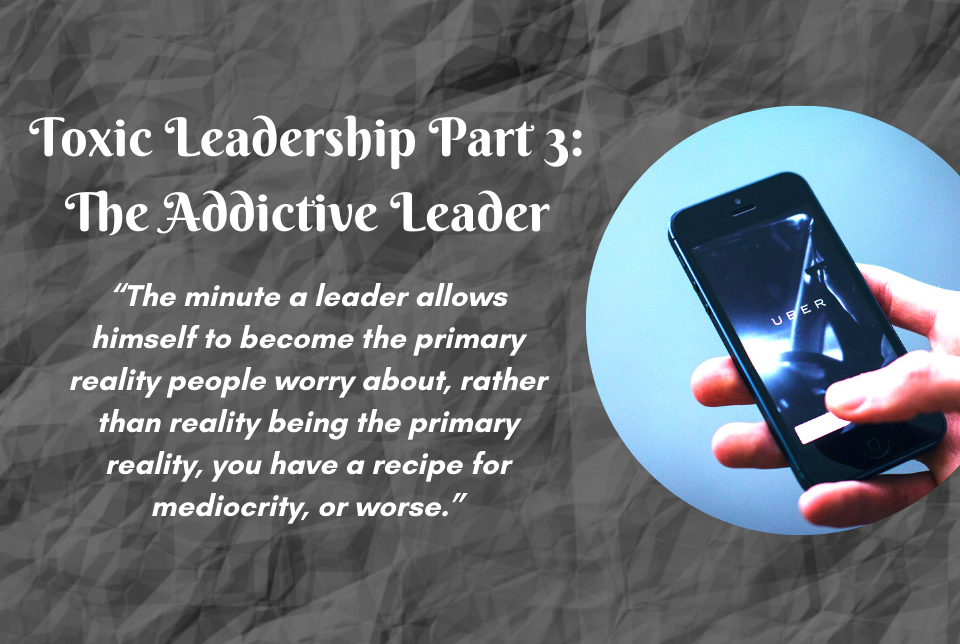Misconception #5: Servant Leadership is Too Long-Term Oriented
Misconceptions and Objections to Servant Leadership
This is the 6th in a series on the topic of Misconception and Objections to Servant Leadership. Why, after all these years, is servant leadership not more practiced? Why is this powerful approach so easily dismissed as being irrelevant or impractical to day to day organizational life? This series explores the common misconceptions that often result in leaders ignoring a way of leading that can bring their organizations greater health and higher performance.
Misconception #5: Servant Leadership just takes too long
This misconception is based on the truth that servant leadership is founded on building healthy relationships toward a servant-minded, other-oriented culture and certainly this takes time. We all know that culture change is a long-term process. However, we also know that if culture change does not take place, the organization itself may not survive. Consider the story of Doug Conant taking the helm of the Campbell’s Soup Company in the early 2000’s. Just previous to Conant coming in as CEO, the company, in just one year, had lost 54% of its market share. The leader’s motivated by fear focused on short-term fixes, cutting employees, benefits and training. When Conant arrived he knew a new culture needed to be created and the sooner the better.
He began by implementing the Gallup engagement survey to set a baseline. The survey revealed an employee engagement level of 1:1 meaning that out of 20,000 total employees only 50% were engaged meaningfully in their work. Conant set to work to fix this situation. He started with a focus on the employees believing that he and the Campbell’s leaders must value their employees before expecting them to value the company.
At the same time, Conant began to create a leadership expectation built on trust and valuing of people. This culture shift resulted in 300 of the top 350 leaders leaving, some of whom left freely since they could not embrace the new philosophy while others were asked to leave. To replace these top leaders, 150 leaders were brought up from within the company while another 150 were brought from the outside. All leaders were trained in the new Campbell’s Leadership Model which included the following six expectations:
- Inspire trust
- Create direction
- Drive organization alignment
- Build organization vitality
- Execute with excellence
- Produce extraordinary results
What were the results of this relatively quick organizational change effort? Remember, most of this change was initiated in just the first three years. Employee engagement moved from 1:1, meaning that for every worker engaged one was disengaged, to an astounding 23:1 with 23 employees engaged for every employee not engaged. (Laub, 2018)
Did the higher employee engagement work for them? Within eight years, the company was ranked on lists of best Places to Work, Most Ethical Companies, Best Employers for Healthy Lifestyles, Best Corporate Citizens, and best Global Brands. And, yes, this then led to exceptional financial performance. Campbells in the middle of the Great Recession posted a profit of $800 million in 209 and more in 2010.
Putting workers first (the hallmark of servant leadership) created the foundation for employee engagement, organizational performance and financial stability. This turnaround took place in about three years with the key results rolling in afterward. Yes, servant leadership takes time, but real cultural change can be produced in a relatively short period when the commitment is there by leaders to put the needs of the workers first.
Authoritarian and Autocratic approaches can get results in a shorter time, but at what cost? To jeopardize the future of a company on the altar of short-term profits is short sighted and ultimately foolhardy. Servant leadership creates healthy workers, teams and organizations that provide the highest potential for high performance. This kind of result is certainly worth the effort and time.
Your fellow servant,
Jim




